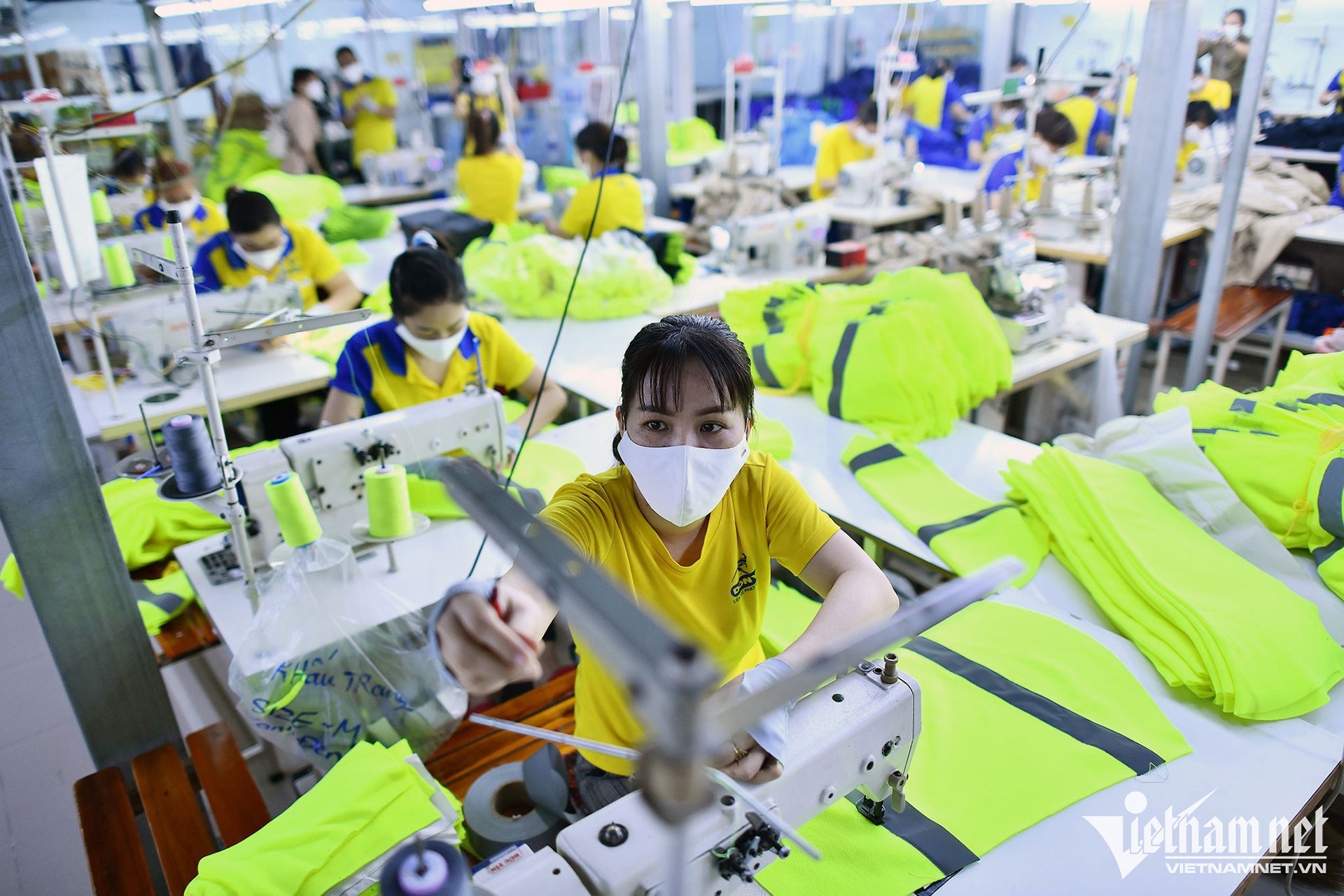
In a report to the National Assembly Standing Committee recently, MOIT, authorized by the government, has named a series of problems to explain why it still cannot complete the compilation of the regulation on made in Vietnam products, to be applied to goods in circulation in the domestic market.
It is still unclear what products and criteria are needed to be recognized as ‘made in Vietnam’ products.
One of the problems in building criteria for goods origin is the lack of regulations on criteria and conditions for enterprises to define goods that are "products of Vietnam" or "made in Vietnam".
At first, the ministry intended to compile a circular on made in Vietnam products. However, in 2019, when the draft circular was open to collect opinions from ministries and branches, some policies that went beyond the competence of the ministry were found. MOIT therefore asked to shift to compiling a decree on "made in Vietnam" products.
In 2021, the government issued Decree 111/2021 that amended and supplemented Decree 43/2017 on goods labeling. The content about how to label goods was included in Decree 111.
MOIT believed that the compilation of a legal document at a decree level about "made in Vietnam" was no longer necessary.
In May 2022, the government agreed that MOIT would once again compile a legal document at the circular level instead of a decree. However, problems about competence to issue legal documents do not fit MOIT’s functions and tasks.
There is another reason behind the tardiness in the compilation of regulations. Once the conception about "made in Vietnam" is stipulated in a circular, the legality level will be higher than the current regulation applied to domestic products, so there will be legal risks, with possible negative reactions from enterprises.
Currently, without the circular, enterprises are observing Decree 111 when determining if products are made in Vietnam.
In the last five years, when drafting the circular, MOIT only received documents from 16 enterprises requesting to give guidance on whether goods can be labeled as made in Vietnam products.
Also according to MOIT, the ministry still has not set criteria for made in Vietnam products for fear this will increase enterprises’ regulation compliance costs.
In current Vietnamese conditions, traceability activities to find the origin of every component and accessory is not simple work. MOIT believes that it is not the right time to issue the circular.
Luong Bang